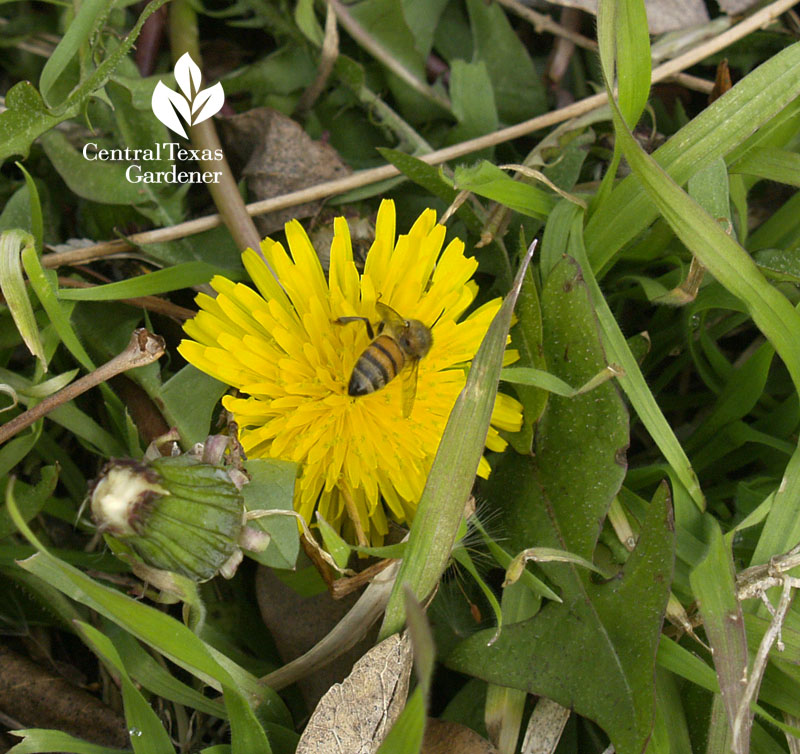Weed Tea Fertilizer: Trisha Shirey

Weeds can tell you something about your soil. Purslane, pigweed and henbit tend to grow in well balanced healthy soils. Remind yourself of that as you weed them!
Dandelions, sow thistle and thistles have deep taproots and they tend to grow in hard, compacted soils where their roots can penetrate the hardened soil and break it up and make the minerals deep in the soil available to plants on the surface as the die back.
Poorly draining soils may harbor nutsedge, bindweed, horsetail, sheep sorrel and dock.
Mullein, sandburs and clover are common in soil that is deficient in nitrogen.
Fast growing weeds are a rich source of nitrogen, phosphorus and potassium as well as hormones and trace minerals.
Take advantage of the many nutrients in weeds by making a weed tea.
• Gather the plants, chop them coarsely and put them into a mesh bag.
• Add to a 5 gallon bucket of rain water and stir daily.
• Dilute the tea with 4 parts water and use as a nutrient rich feeding around plants that need a boost.
• Add leaf trimmings from chard, kale, comfrey, equisetum, sorrel or other greens for more benefits.
Add coffee grounds too.
• Use the tea completely in 3 to 5 days as it can get a bit smelly. Cover the bucket with screen material to prevent mosquito breeding.
To reduce unwanted weeds, cut or harvest them before they seed! One year of seeding means seven years of seeding!
Some weeds are useful and edible but they can rob your plants of nutrients, space and water if allowed to grow unchecked in the garden.
Cleavers or bedstraw and beggars lice have seeds that are covered with Velcro like hairs that are spread by animals when they are stuck in their hair. Pet owners will want to control these on their property. Cleavers are also dangerous for pets to ingest since they can block their intestines.
Weeds can be blown by wind – like sow thistle and dandelion but most seeds are deposited near the mother plant. Weeds are extremely successful because they produce seeds abundantly.
Here are some examples of seed production:
One lamb’s quarter plant can produce over 72,000 seeds that can remain viable for over 40 years.
A single pigweed plant can produce over 117,000 seeds.
Dandelions produce 15,000 seeds which can last up to 6 years.
Evening primrose – pretty, but a prolific 118,000!
Purslane – almost 2 million but that’s okay since it’s both delicious and nutritious.
If your garden is full of weeds that are starting to bloom and you are too busy to pull them, at least chop the tops off to prevent seed production. Use a hoe or even a weed eater to prevent a massive crop of seeds.
Several inches of mulch in ornamental gardens can create a physical barrier to block seed germination.
I have not found fabric weed blockers to be very effective and tough to control Bermuda. Plus, nutsedge seems to thrive under it!
categories:
tags:
